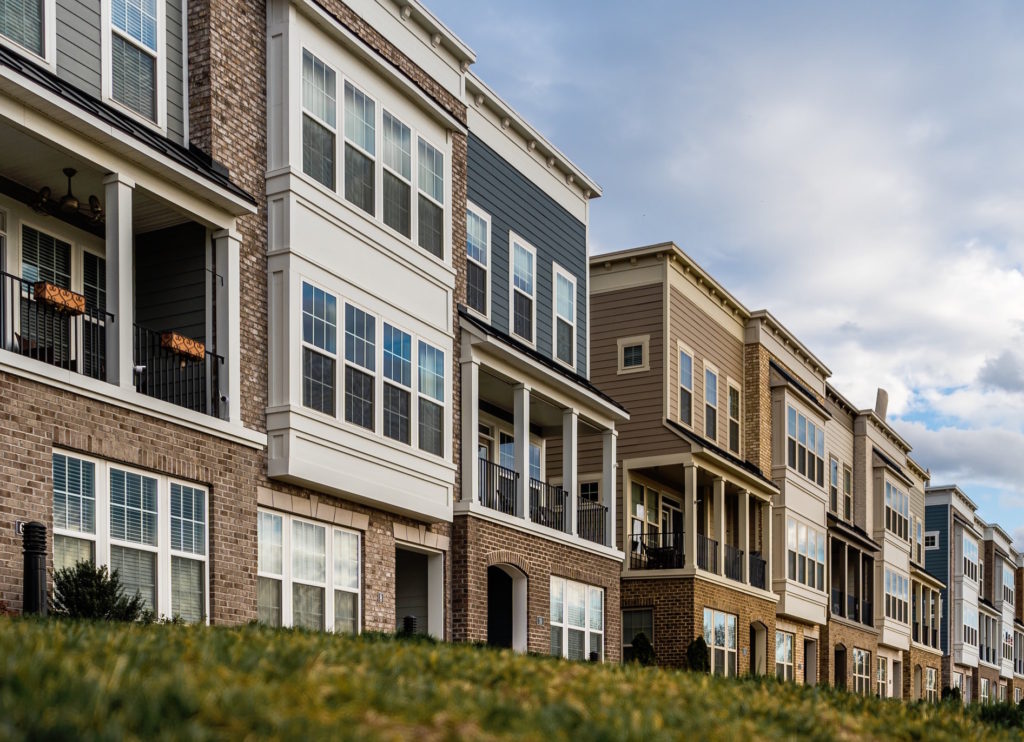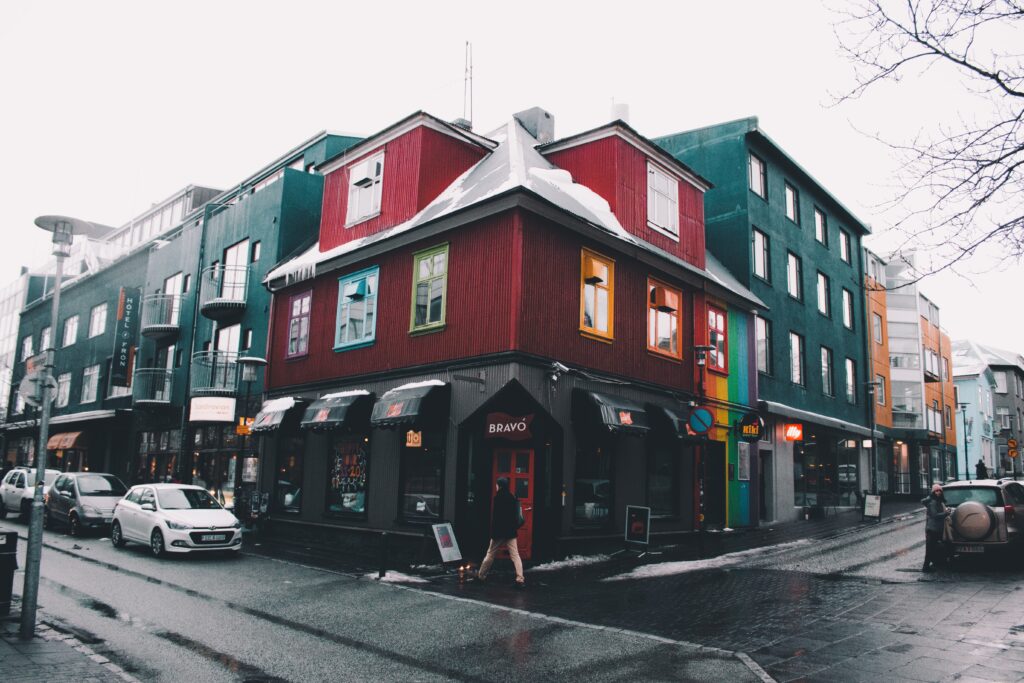
If you’re in the market for a new piece of real estate, you’ll be able to select from many different types and styles of homes. Among the most popular home styles include bi-level houses and split-level buildings. While prospective buyers often confuse these two housing options, they provide unique living experiences and layouts.
A split-level home is one that contains multiple stories. In comparison, a bi-level home consists of a single level. This level includes staggered floors and steps. While bi-level homes are still common across the U.S., they were at the height of their popularity during the 70s and 80s. If you’re looking to make an offer on your dream home, you should understand what a bi level house is and how it differs from a split level one.

What Are Bi-Level Houses?
A bi-level house has a one-story layout. However, it’s separated by one or more half-flights of stairs, which gives it the appearance of having multiple levels. When you enter your home via the front door, you’ll be standing in an entryway where you can decide to go up the stairs to reach the area that’s raised higher than the rest of the home. Bi-level homes are similar to bungalows.
Pros of Bi-Level Houses
The main advantages associated with bi-level houses include the following:
- Affordable housing option
- Families have more privacy
- They often come equipped with finished basements
- Spacious layout
- It’s possible to have a completely separate garage
Cons of Bi-Level Houses
While bi-level houses offer many advantages, they aren’t ideal for everyone. The issues associated with bi-level houses include the following:
- Large families can outgrow the space
- You’ll need to frequently use stairs even though you don’t have multiple floors
- These homes aren’t always easy to sell
Comparing Bi-Level and Split-Level Houses
Before you make an offer on a home, consider the differences between these two housing options.
What Are Split-Level Houses?
Split-level homes contain short flights of stairs. However, they often lead to three separate levels throughout the home. From the outside, these homes are more noticeably staggered than bi-level ones.
A standard split-level home comes with living spaces on the lower level. The bedrooms are usually reserved for the upper levels. You can also separate this type of home in a manner that allows multiple families to live there. While residents will share an entryway, each family can have access to a separate level.
There are four different split-level styles, which include side-split, standard-split, stacked-split, and back-split homes. A side-split house splits on one side. In this layout, one side of the home is a single story.
The other side of the home splits into a lower and upper floor. It’s common for the lower floor to be a basement or garage, while the upper floor is used for bedrooms. If you opt for this layout, the kitchen and living area will likely be positioned on the side of the home that contains just one level.
As for a back-split house, the part that faces the road consists of one level. The back of the home contains multiple levels. These homes are commonly built into hills, which means that the lower level will be blocked for people who are viewing it from the front. It’s possible for these homes to be made with anywhere from three to five levels. They might also contain two entrances.
A stacked split-level house has a more intricate design than other split-level versions. These homes can feature anywhere from four to six levels. The main advantage of this type of home is that the floor plan always appears larger than it actually is. Since multiple flights of stairs are used in the layout, residents have ample privacy.
While stacked split-level homes can take many different shapes, the entryway often provides access to a basement and an upper kitchen or living room. An additional set of stairs will lead up to the bedrooms. The living area could also split into another living space that’s stacked with bedrooms.
Standard-split homes have an entryway along the ground floor and a staircase that leads down to a garage or basement. An additional staircase leads up to the living area, laundry room, and kitchen. The stairs will likely continue to ascend to a floor with bedrooms.

Pros of Split-Level Houses
Split-level homes offer many advantages that aren’t available with bi-level ones, which include the following:
- It’s possible for multiple residents to live in the house in non-family units
- This type of home offers visual appeal as well as a more retro style
- Makes efficient use of lots with a small amount of free space
- A versatile option when you want to build a home on slopes or hillsides
Cons of Split-Level Houses
While split-level homes can be advantageous, there are a few drawbacks that you must consider before you make an offer on this type of property. These issues include the following:
- The land must be leveled to prepare for construction
- It’s rare for these homes to be built with open floor plans
- Multiple staircases can make it frustrating to move from floor to floor
- A set of stairs may need to be installed along the exterior of your home to enter it
- These properties are often limited to attached garages
Cost Comparison of Bi-Level and Split-Level Homes
While there aren’t major differences between these two types of housing, the pricing can vary considerably. The factors that influence pricing include the total size of the house, the location of the property, and the condition of the building. You can expect these homes to cost less than more traditional single-family homes.
While traditional homes often come with large lots, split-level and bi-level properties tend to include small lot sizes. Bi-level homes can be more affordable than split-level ones because they don’t have as many floors. A bi-level house contains just one floor, while split-level homes usually consist of three or more levels.
Even if the square footage isn’t that different, a bi-level home may still cost less than a split-level one. If you live in San Francisco, a bi-level home will likely cost more than the same property in Sonoma. The average price of a split-level or bi-level is around $125,000-$200,000.
Key Differences Between Bi-Level and Split-Level Houses
While there are some similarities between these two housing options, it’s recommended that you understand the many differences before you start looking for a new home.
Below is a table that compares the differences between these two property types. On the left side is a list of the features of a bi-level home, while the right side shows the main features of a split-level property.
- Structure: One story vs. multiple stories that are separated by stairs
- Basement type: Finished basement vs. half-exposed basements with a limited amount of light
- Garage options: Attached or separate vs. usually attached
- Lot size: Large lots vs. space-conscious homes on small lots
- Roof height: Taller roofs vs. flat or low-pitched roofs
Tips for Potential Buyers
While this guide should help you understand the pros and cons of these homes, there are a few things you can do before making an offer on one of them. For example, it’s highly recommended that you tour both types of homes.
You’ll get a better idea of the layout for each property, which should help you select a style that suits your family. During this tour, walk around the home like you would if you lived there. See if the space accommodates your family’s needs.
Consult a realtor to learn more about their experience with each type of home. They can give you advice about market trends and the resale value for this type of property. If you don’t expect to live in this home for more than a decade, you should do some research to learn how much the value of a split-level or bi-level home changes over time.
Conclusion
Bi-level homes are often more affordable than traditional single-family residences. Even though the layout in this type of home is usually spacious, the split nature of the floor plan means that every member of your family will have a certain amount of privacy. The bi-level home of your choice may also come with a separate garage or finished basement.
Before buying this type of home, keep in mind that they aren’t as easy to sell as split-level properties and other single-family homes. If you have a large family, you might outgrow the property. Consider your personal lifestyle and preferences when choosing a home style.